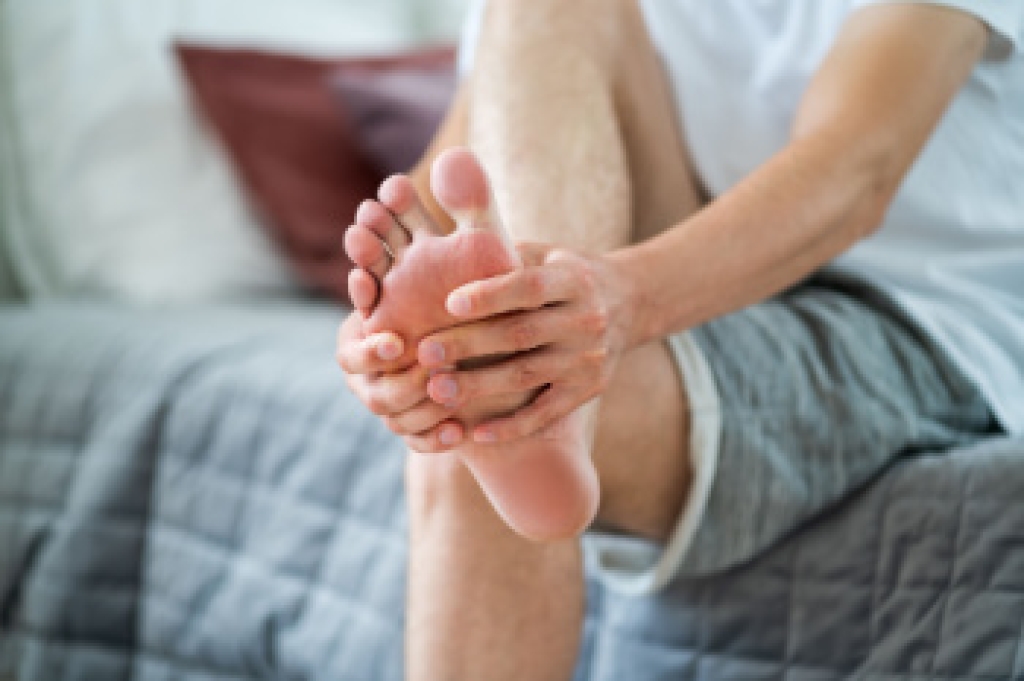
Stress fractures are small cracks in a bone that form when repeated pressure outweighs the body’s ability to recover. These injuries often appear in people who increase activity too quickly, spend long hours on hard surfaces, or wear footwear that does not provide enough support. Early signs include a pinpoint ache that becomes sharper during walking or running, and eases with rest. Swelling or mild bruising may develop, and the discomfort usually returns the moment activity resumes. Although the fracture is small, leaving it untreated can lead to a complete break or long-lasting pain. Reducing impact, resting the foot, and adjusting footwear are important first steps toward healing. If you notice persistent pain in one spot on the foot or discomfort that worsens with activity, it is suggested that you schedule an appointment with a podiatrist for a proper evaluation and appropriate treatment.
Stress fractures occur when there is a tiny crack within a bone. To learn more, contact one of our podiatrists from Family Foot Health Center. Our doctors can provide the care you need to keep you pain free and on your feet.
How Are They Caused?
Stress fractures are the result of repetitive force being placed on the bone. Since the lower leg and feet often carry most of the body’s weight, stress fractures are likely to occur in these areas. If you rush into a new exercise, you are more likely to develop a stress fracture since you are starting too much, too soon. Pain resulting from stress fractures may go unnoticed at first, however it may start to worsen over time.
Risk Factors
- Gender – They are more commonly found in women compared to men.
- Foot Problems – People with unusual arches in their feet are more likely to develop stress fractures.
- Certain Sports – Dancers, gymnasts, tennis players, runners, and basketball players are more likely to develop stress fractures.
- Lack of Nutrients – A lack of vitamin D and calcium may weaken the bones and make you more prone to stress fractures
- Weak Bones – Osteoporosis can weaken the bones therefore resulting in stress fractures
Stress fractures do not always heal properly, so it is important that you seek help from a podiatrist if you suspect you may have one. Ignoring your stress fracture may cause it to worsen, and you may develop chronic pain as well as additional fractures.
If you have any questions please contact our office located in Rogers and Berryville, AR . We offer the newest diagnostic and treatment technologies for all your foot and ankle needs.




